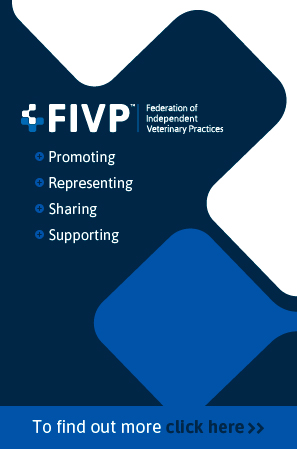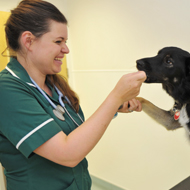Open letter sets out concerns about encouraging unhealthy features.
A coalition of international veterinary organisations has called on the advertising industry to stop using brachycephalic animals in marketing material.
In an open letter setting out the health challenges faced by breeds such as pugs, French bulldogs and Persian cats, the coalition asks companies to work with the veterinary profession to avoid using such breeds in advertising.
The letter has been signed by the Federation of European Companion Animal Veterinary Associations, the Federation of Veterinarians of Europe, the Union of European Veterinary Practitioners, and the International Society of Feline Medicine (ISFM).
Brachycephalic animals are being used to make products more attractive to customers, states the letter, and their use in advertising is contributing to their popularity among pet owners.
The letter states: ‘It is our ethical duty as veterinarians to contribute all our expertise and skills to the wellbeing and health of all animals and to promote and protect their welfare, and therefore we pledge not to use these breeds in any advertising.
‘So, we kindly ask you to consider these remarks and pledge in the future not to use these breeds in advertising anymore.’
Although The Kennel Club recently revealed that registrations of brachycephalic breeds are starting to decline, French bulldogs, pugs, and bulldogs make up around 20 per cent of dogs the UK. Breeding for brachycephalic features also affects other animals, including cats and horse.
As part of the campaign, a template letter has been released for members of the public to download to send to companies that use brachycephalic cats in their marketing.
Dr Nathalie Dowgray, head of ISFM, said: “Seeing a cute cat in an advertisement can often be a trigger for people to seek out acquiring a cat of that breed without understanding the welfare concerns associated with some pedigree breeds.
“A rise in demand can lead to an increase in breeding practices that result in severe conformational issues and poorer welfare in these breeds. We encourage people to download this letter to use when they see breeds of concern being used in advertising, as health is always more important than looks.”
Image (C) Shutterstock



 Zoetis is to present a CPD event for free to members of the British Veterinary Nursing Association (BVNA).
Zoetis is to present a CPD event for free to members of the British Veterinary Nursing Association (BVNA).